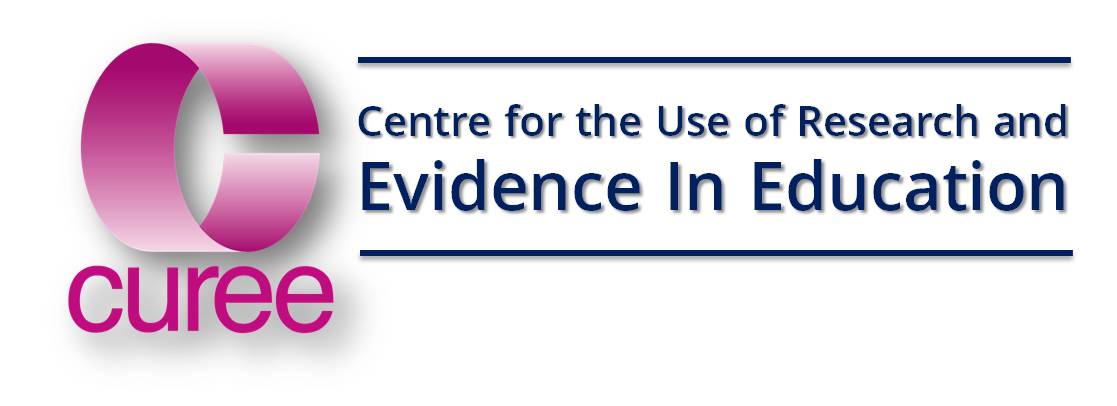The National Teacher Research Panel was set up about 15 years ago by CUREE supported by a group of national education agencies most of which no longer exist. It had three main goals:
- To ensure that all research in education takes account of the teacher perspective
- To ensure a higher profile for research and evidence informed practice in government, academic and practitioner communities
- To increase the number of teachers engaged in and with the full spectrum of research activity.
Over the several years of its existence, the Panel, supported by its expert advisers in CUREE, has helped and encouraged dozens of teachers and school leaders to do high quality but practical research. The Panel also helped them report their findings succinctly, in plain English and focused on relevance to other practitioners. This is one such example of that work.
There is a great deal of research about what makes a difference in the classroom, but of greatest importance to teachers is knowing which teaching and learning experiences make the most difference. One study set out to find out just that:Hattie, J. (2009) Visible learning: A synthesis of over 800 meta-analyses related to achievement, Routledge, LondonHattie looked at more than 800 meta-analyses about influences on learning. Each meta-analysis had reviewed studies that gave evidence about the impact on student achievement of a particular intervention. Hattie synthesised the findings from related meta-analyses and converted them into a common measure (an effect size).He developed a way of ranking all the various influences and innovations in these meta-analyses according to their effect sizes, from those that had very positive effects to very negative effects on student achievement, creating a 'barometer of influence' which ranged from -0.20 to 1.0. Hattie found that the average effect size of all the interventions he studied was 0.40 and therefore decided to judge the success of innovations and influences relative to this 'hinge point'.Hattie identified six main areas that contribute to learning: the student, the home, the school, the curricula, the teacher, and teaching and learning approaches. He worked through each of these categories of influences to evaluate which specific innovations and influences were above or below the hinge point. With the exception of the school, all of these six had considerable influence on student learning outcomes.But Hattie did not merely detail lists of the relative effects of the different influences on student learning. He also set out to identify the message underlying them. He found that the key to making a difference was making teaching and learning 'visible'.Hattie explained how visible teaching involves teachers deliberately intervening to ensure changes in their students' thinking. This requires teachers to be clear about the learning intentions, know when each student is successful in attaining those learning intentions, have knowledge of the students' understanding, and provide a progressive development of challenging experiences and opportunities for students to develop learning strategies based on surface and deep levels of learning. It also requires teachers to use feedback from students that reveals what they know and understand; to provide direction, but also step back when they see learners are progressing towards success criteria.What learners do is important too. When learning is visible, students are active; they are involved in determining success criteria, setting higher expectations, being open to different ways of acquiring knowledge and problemsolving.This TLA research summary explores Hattie's model of visible teaching and learning in some detail. It examines too the characteristics of effective teachers and effective teaching strategies as well as approaches Hattie identified as having only a small effect on learning. It also outlines some of the important contributions from students, parents and the school. Five independent practitioner case studies are provided to illustrate some of the key messages in the study.
File attachments:
Document section:
